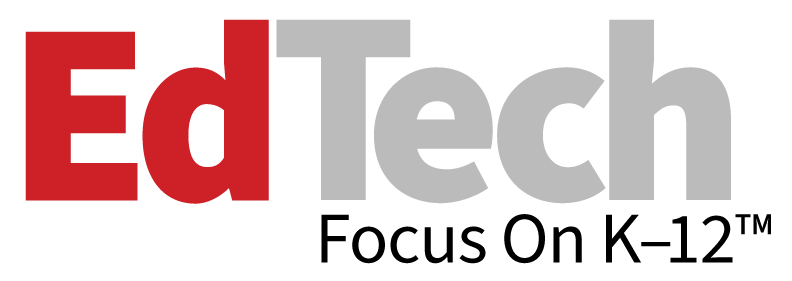Effective Technology Goes Beyond Device Deployment
In many districts, there’s a wide gap between purchasing technology and using it effectively.
Often, school departments function in silos, waiting for clear connection points that initiate collaboration. If a technology leader purchases devices for the district, they may only work with their IT staff to ensure all devices are inventoried and installed properly.
For many districts, training and development on leveraging hardware happens in isolation. There’s no further communication between the tech department and K–12 staff until they need troubleshooting, repairs or replacements.
This creates frustration for educators, who receive new devices without the guidance to use them effectively.
RELATED: Unlock the benefits of professional development in K–12 districts.
Building leaders, instructional coaches and teachers then must figure out how to navigate the various devices, on top of understanding how to integrate them into learning for maximum student benefit.
Educators already struggle to fit everything into the school day without the challenge of learning to use new devices. As a result, some K–12 staff may choose not to use new technology tools or may be unable to leverage tools to their greatest capacity.
Ensure K–12 Stakeholders Are All Driving in the Same Direction
Several leaders are involved when districts make significant technology purchases. While each stakeholder plays a role, their priorities can sometimes clash.
- CTOs and leaders in the IT department are invested in the specs of the technology, its ability to integrate with existing solutions and how they can get the maximum ROI.
- Superintendents and high-level academic stakeholders pay attention to the impact of technology on learning outcomes and the growing capacity of instructional and operations staff.
- Principals, instructional coaches and directors are most concerned with usability and staff buy-in.
Each stakeholder wants to create the best possible learning environment, but when cross-departmental communication is limited, it creates barriers for making these priorities a reality in the classroom. This, in turn, limits students’ and teachers’ skills and agency in using devices, which prohibits students from benefitting fully from the new technology. All of this is counterproductive for learning.
To avoid this misalignment, districts must bring all stakeholders together, ensure thoughtful integration and equip staff with best practices. Interdepartmental communication and collaborative decision-making leads to more organized, efficient and coordinated tech rollouts.
DIVE DEEPER: More schools are modernizing their IT procurement processes.
By aligning their expertise, vendors and professional development consultants bridge the implementation gap between procurement and effective instruction to improve rollouts. Together, they deliver the best of technology products, technical support and PD.
If technology is the car, professional learning is driver’s education. Having technology and PD together is better than having either alone because it forces the district to bridge procurement, deployment, technical support and effective implementation.
Combining Technology and Professional Learning Drives Results
In budget-restricted environments, schools can’t afford to continue making investments in underused technology. K–12 districts want the best devices and the support to effectively implement them with classroom instruction. Partnering with ALP helps technology providers such as CDW deliver both the tools and the training to ensure a district’s investment delivers results.
Bundling offerings provides professional learning, coaching and change management alongside technology purchases to increase adoption rates, improve learning outcomes and strengthen staff engagement compared with technology rollouts alone.
FIND OUT: What are three ways K–12 districts can optimize IT budgets?
ALP’s professional development approach is systems-oriented and highly collaborative. ALP experts partner with district leaders to adapt design, facilitation and coaching services to ensure they closely align with each school’s unique context, language, priorities and challenges.
K–12 employees have limited time, so coaching is job-embedded, with synchronous and asynchronous learning opportunities that are intentionally designed to align with district frameworks and language. Professional learning prioritizes creation, reflection and empowerment so that learners leave ready to immediately apply their learning to their job roles.
ALP has been helping districts achieve effective implementation for more than a decade thanks to strategic partnerships with K–12 technology providers. This gives districts technology with cutting-edge capabilities alongside customized professional learning to build the skills, confidence and strategies that educators and staff need to use it effectively.
Moving Forward: Build More Meaningful Tech Connections
At the heart of every school initiative is a shared commitment to student success. Ultimately, when districts work with vendors as partners, the relationship provides more opportunity for growth.
How would learning and instruction evolve if every technology investment came with expert support and professional learning? School leaders would have partners to build the capacity of their staff and make technology integration more intentional and transformative.
We invite schools to think about educational technology and professional development as an opportunity to invest in their staff, increase ROI and improve student success. When schools work with partners for tech investments and integration, educational communities gain a network of support built on trust, expertise and shared goals.
UP NEXT: Know what to look for when selecting an educational technology vendor.











